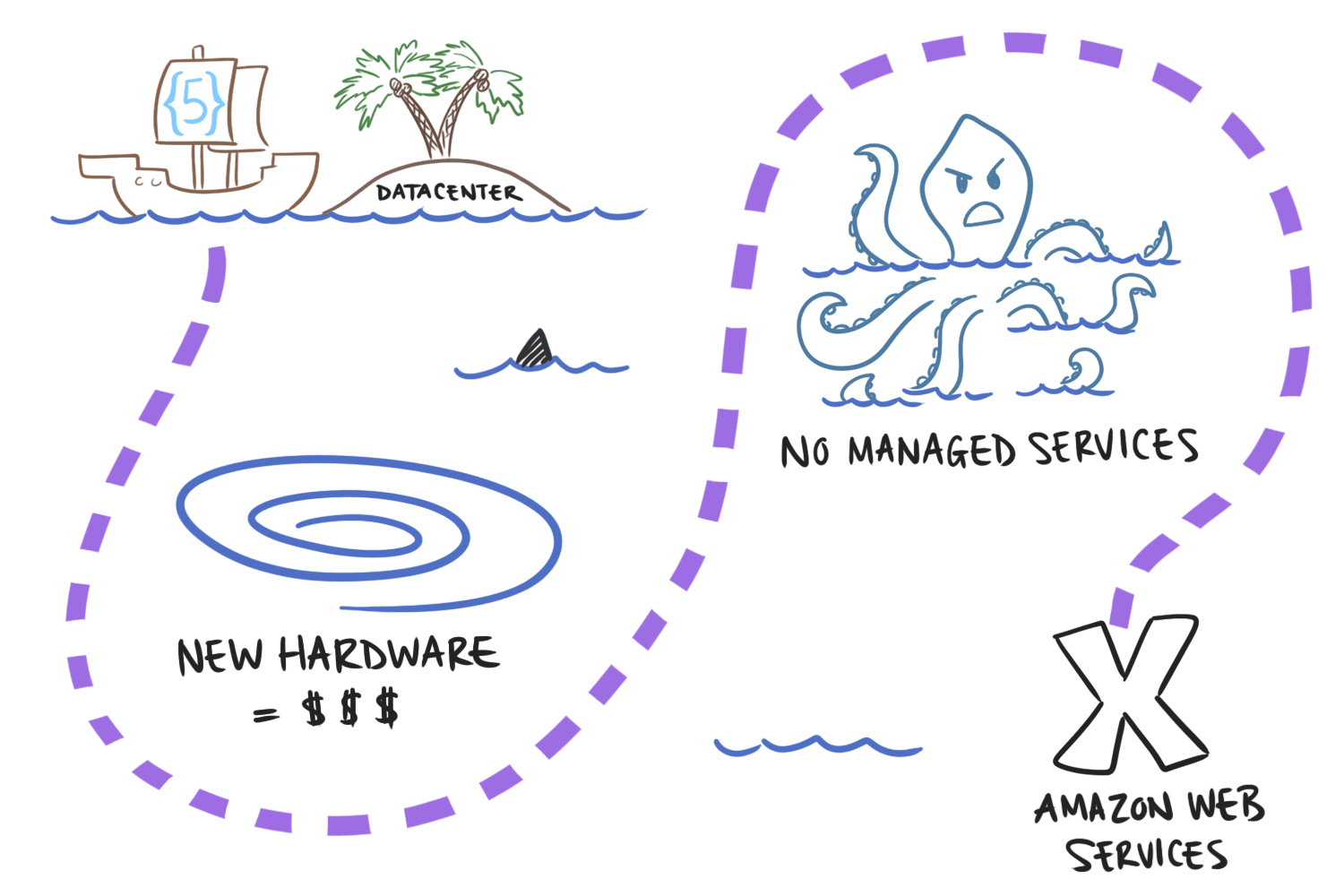This was a collaboration between Setfive and Data Driven. The end customer was a client of Data Driven's that we'll refer to as WF. WF is an affiliate marketing company which owns and operates about a dozen different website properties. WF works with advertisers to match users with offers and discounts as users browse WF sites. WF does this by combining behavioral, intent, and contextual data about their users and sites. WF was hosting their computing infrastructure in a traditional data center, which introduced several business and technical challenges.

Initially WF consulted with Data Driven and Setfive to explore how to improve their developer experience at their existing data center. However, after an assessment of WF’s growth goals and their small engineering, team Data Driven and Setfive recommended that WF migrate their compute and data infrastructure to Amazon Web Services (AWS). Data Driven and Setfive worked with the WF team to migrate their entire infrastructure to AWS. Over a three week period we transitioned two production applications and two production databases with minimal downtime.
WF’s move to the cloud was a boost to both their business and engineering teams. AWS was more expensive on a $/GHz basis, but the cost was offset by WF’s growth in revenue.
If you asked them if they would do it again you’d get a resounding "Hell yah!".
Email us at contact@setfive.com or use the form below!